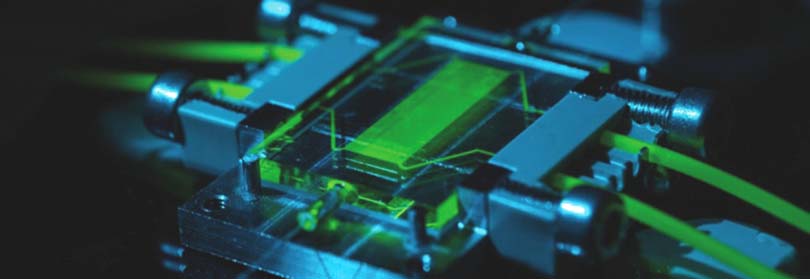PhD Defense of Pierre TISSIER
Published on September 30, 2021
A+Augmenter la taille du texteA-Réduire la taille du texteImprimer le documentEnvoyer cette page par mail
Defense of doctoral thesis of Pierre TISSIER for the University Grenoble Alpes, speciality " NANO ELECTRONIQUE ET NANO TECHNOLOGIES ", entitled :
Room BELLEDONNE (Limited places)
IMEP-LaHC - Minatec - 3, Parvis Louis Néel , CS 50257 -
38016 Grenoble Cedex
Opportunities and challenges of 3D integration for new photonic module architectures on Tbps/cm2 silicon
A+Augmenter la taille du texteA-Réduire la taille du texteImprimer le documentEnvoyer cette page par mail
Partenaires
Thesis prepared at ST/ IMEP-LAHC (Institut de Microélectronique, Electromagnétisme & Photonique - Laboratoire d'Hyperfréquences et de Caractérisation) supervised by Jean-Emmanuel BROQUIN..
Date of update September 30, 2021
Our sites
eServices
 Connexion
Connexion Connexion
Connexion






